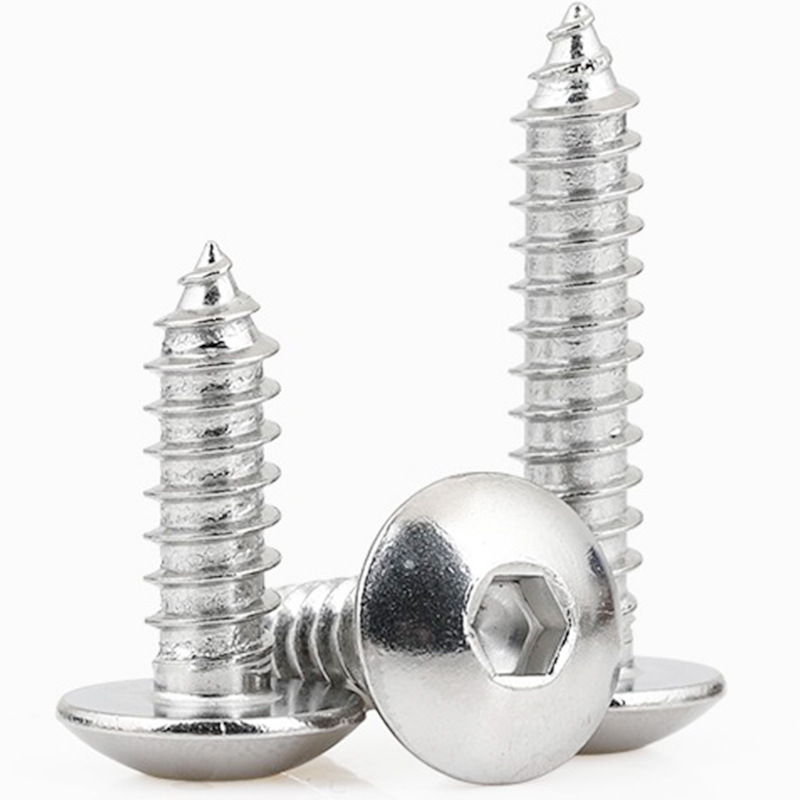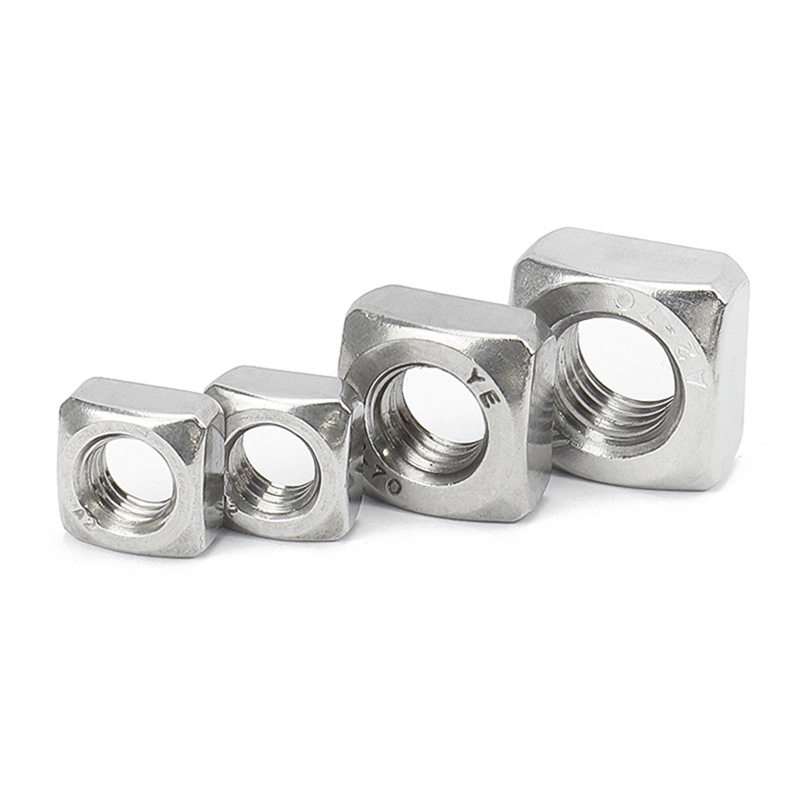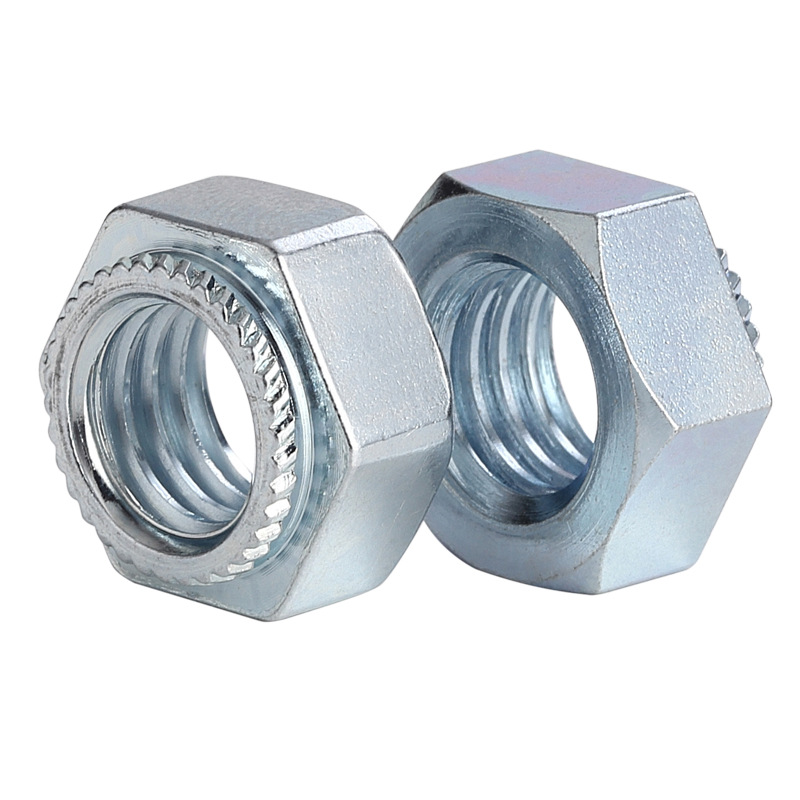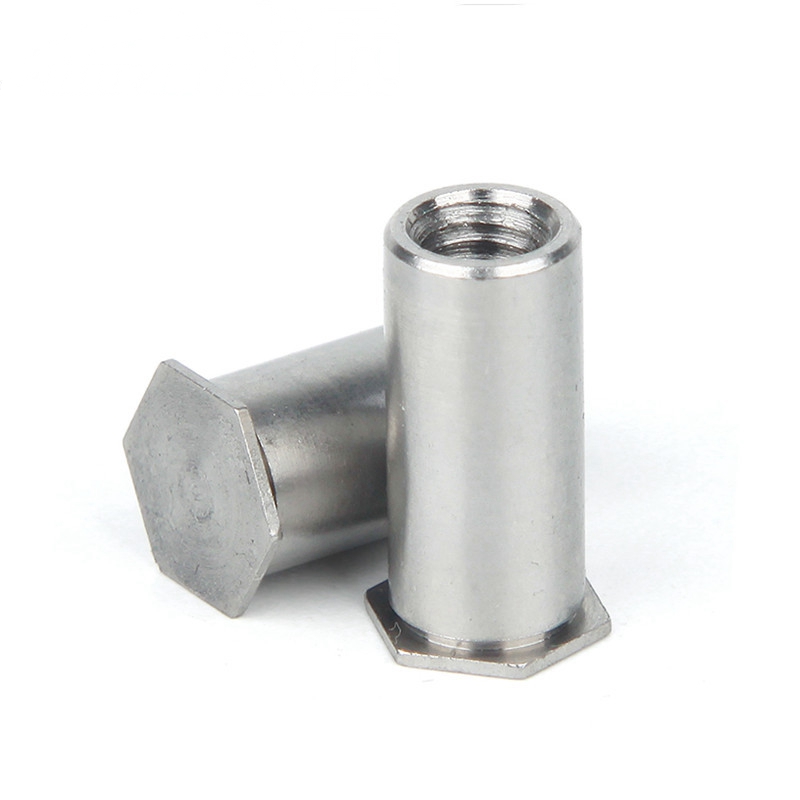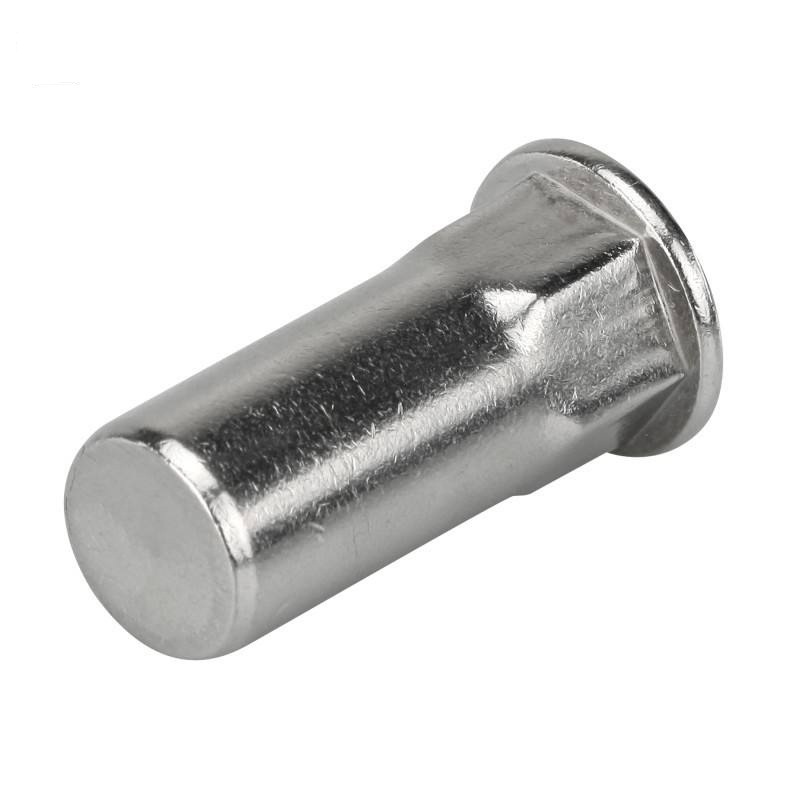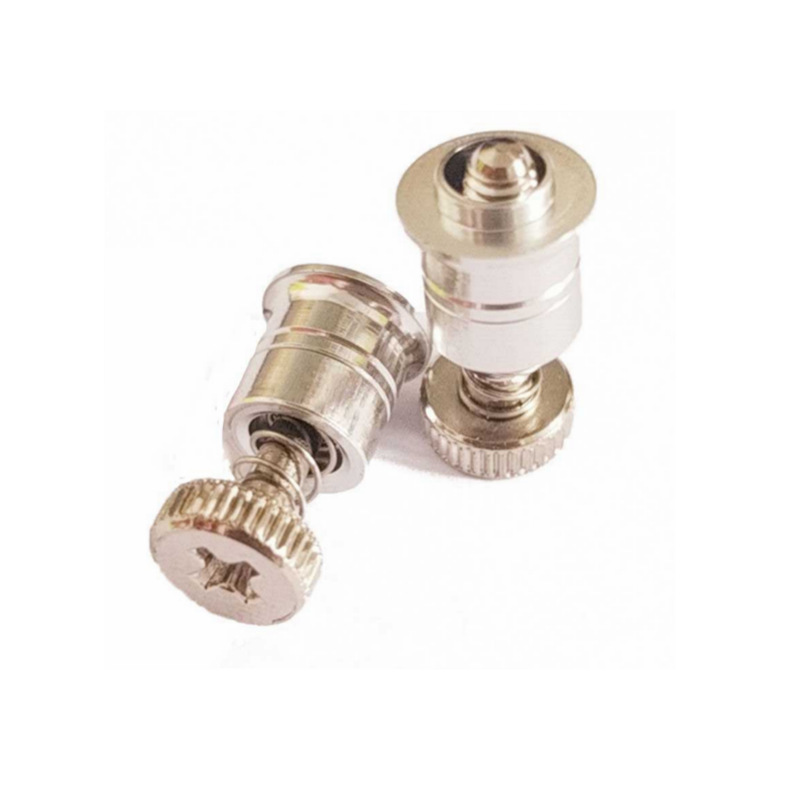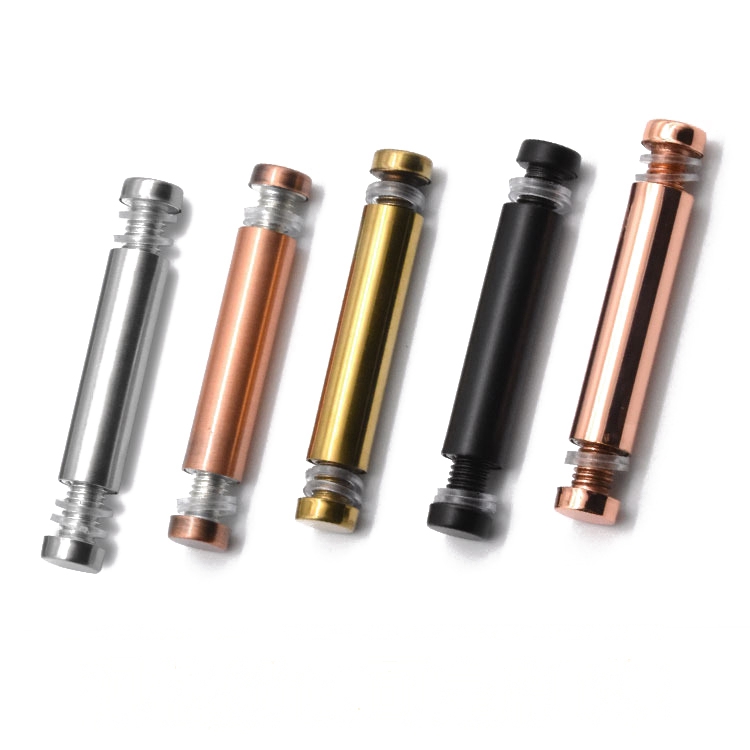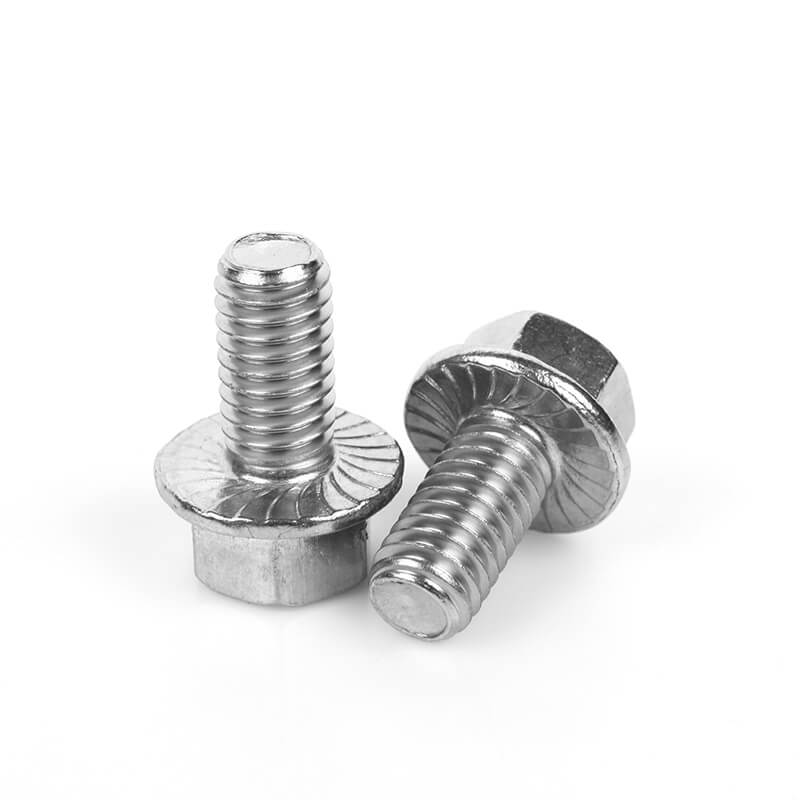Several heat treatment methods are introduced
We all know that there will be multiple processing heat treatment, so what heat treatment may be used in the following, we briefly describe several heat treatment concepts for you.
1. Normalizing: Heating steel or steel parts to a critical temperature for a period of time and then cooling in air.
2.Annealing: Heat treatment technology in which the workpiece is heated to 20-40 degrees above the critical point, kept warm for a period of time, and cooled slowly with the furnace or air-cooled oil to less than 500 degrees in the air.
3.Solid solution heat treatment: The alloy is heated to a high temperature single phase zone constant temperature, so that the excess phase is fully dissolved into the solid solution, and then cooled rapidly to obtain supersaturation solid solution heat treatment technology.
4.Aging: The appearance of the function of the workpiece changing with time when it is placed at or slightly higher than room temperature after the solution heat treatment or cold plastic deformation.
5.Solid solution disposal: make all kinds of phases in the alloy fully dissolved, standard parts strengthen the solid solution and improve toughness and corrosion resistance function, eliminate stress and softening, so as to continue processing molding.
6.Aging treatment: heating and insulation at the temperature of the strengthening phase, so that the strengthening phase is deposited, hardened, and improved strength.
7.Quenching: the austenite steel after the appropriate cooling rate cooling, so that the workpiece in the cross section of all or a certain range of unstable arrangements such as martensite layout transformation of the thermal treatment technology.
8.Tempering: A thermal treatment technology that heats a quenched workpiece to the appropriate temperature below the critical point for a certain time, followed by cooling in a manner that meets the requirements to obtain the desired arrangement and function.
9.Carbonitriding of steel: Carbonitriding is the process of entering carbon and nitrogen together into the surface layer of steel. Traditionally, carbon nitriding is also known as cyanide. At present, it is widely used in medium temperature gas carbon nitriding and low temperature gas carbon nitriding (gas soft nitriding). The primary intention of mesophilic gas carbonitriding is to improve the hardness, wear resistance and fatigue strength of steel. Low temperature gas carbonitriding is mainly based on nitriding, and its primary intention is to improve the wear resistance and occlusal resistance of steel.
10.Tempering treatment: It is usually customary to call the thermal treatment of quenching and high temperature tempering combined with tempering treatment. Conditioning treatment is widely used in a variety of important layout parts, especially those working under alternating loads, such as links, bolts, gears and shafts. After the tempering treatment, the tempering sortensite arrangement is obtained, and its mechanical function is better than the normalizing sortensite arrangement with the same hardness. Its hardness depends on the high tempering temperature and is related to the tempering stability of the steel and the section scale of the workpiece, usually between HB200 and 350.
11.Brazing: A thermal treatment technique in which two workpieces are bonded together with a filler metal.



